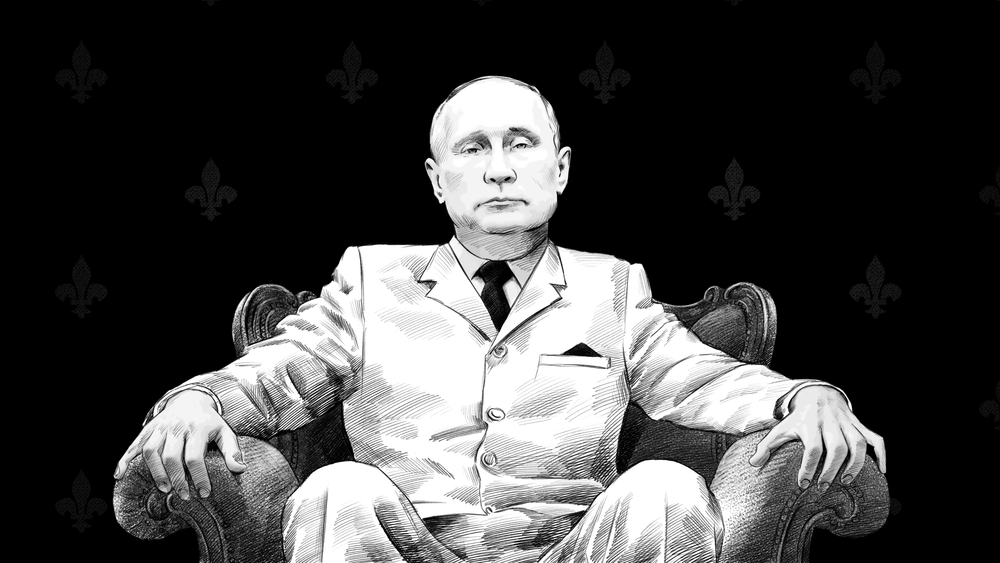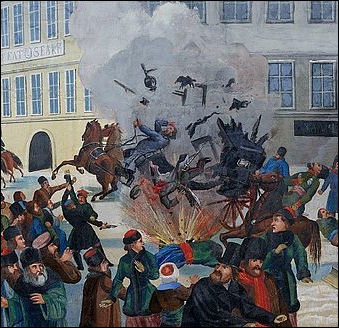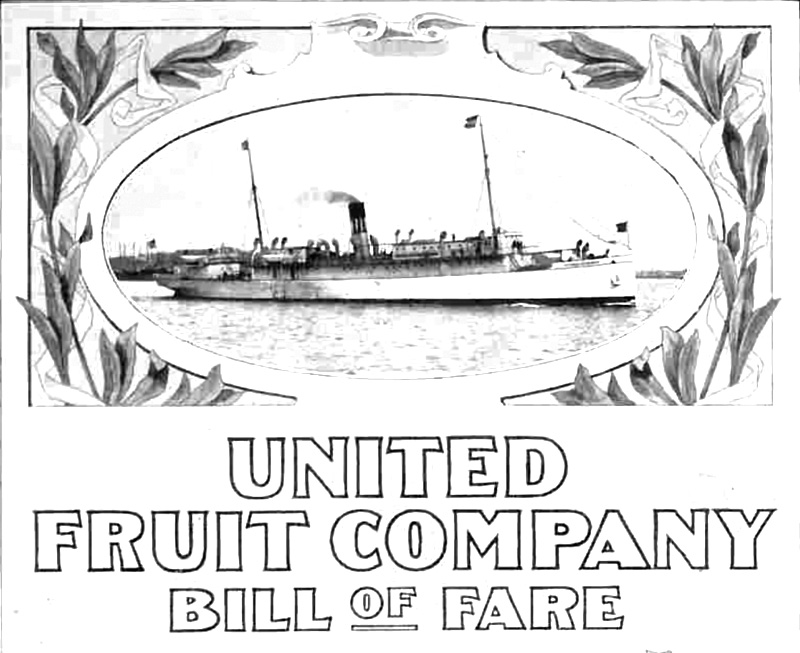This weekend President Biden “forcefully” called for regime change in Russia. Speaking of Vladimir Putin, the US President said, “For God’s sake, this man cannot remain in power.” In prior years I have written articles and published podcast episodes concerning America’s short memory and one-sided perspective when it comes to Russia. In 2016 when it was Democrats instead of Republicans claiming the recent presidential elections were illegitimate, I noted Russia’s meddling in our elections was the tit for tat following America’s meddling in Russian elections. Similarly, the President’s statements this weekend conveniently forget the role played by American policymakers and think tanks in creating the context that initially gave rise to Vladimir Putin.
The Fall of Communism and The End of History
The collapse of communism prompted many on the winning side of the cold war to celebrate a new age and, according to the political scientist Francis Fukuyama “the end of history.” (Incidentally, that’s where the tongue-in-cheek name of this website derives.) However, there was little to celebrate for those on the losing side of the Cold War.
As the Soviet Union collapsed, chaos and despair reigned supreme in its former republics, Russia chief among them. By the end of the first post-Soviet decade, the Russian economy was mired in corruption, hyperinflation, and chaos. Vladimir Putin arrived on the scene as a deliverer from the catastrophe. While that part of the story is familiar to many, fewer know the role played by America’s best and brightest in creating the disastrous environment in Russia that gave rise to Putin.
We Are From the US Government, and We Are Here to Help
The collapse of the Soviet Union came as a surprise to international experts, and there was little to guarantee the collapse was final. Many in the west feared a resurgent, more hardline communist group could assume control through the instability in Russia, and the world would be worse off than before. In fact, in 1991, a group of former communist hardliners pursued that exact path in a failed coup to overthrow Russia’s new leader Boris Yeltsin.
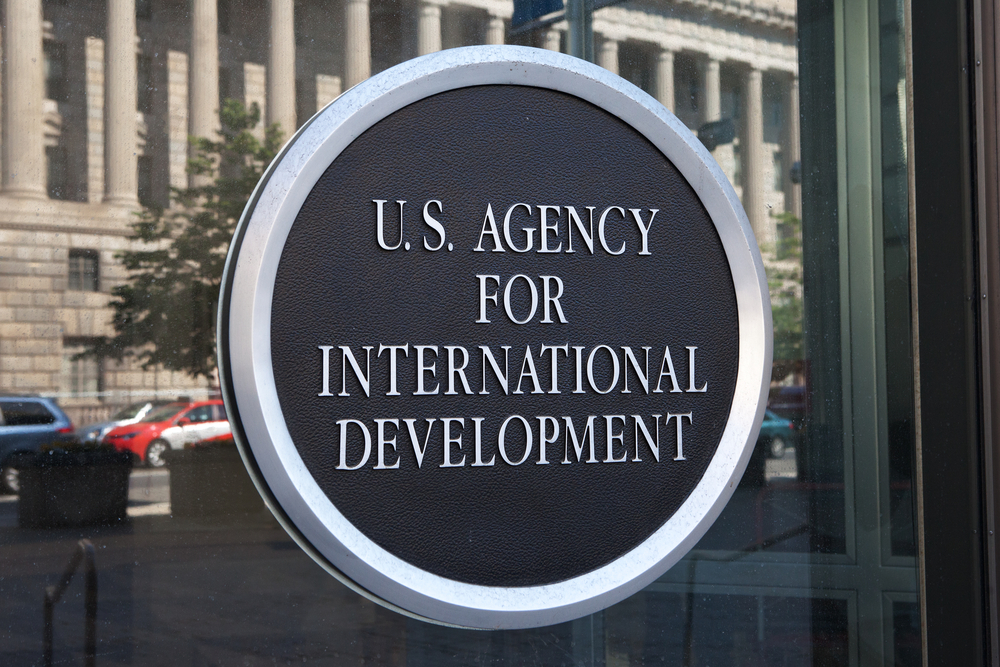
The US Agency for International Development (USAID) dispatched to present aid and assistance to the collapsing economies of the former USSR with an aid program that extended across 12 countries from Kyiv to Vladivostok. Outside of the developed world, USAID is notorious for its history of corrupting or propping up corruption around the globe. In the early stages of USAID’s efforts in Russia, one of its leading sources for information and background on this aid initiative to the former Soviet Union was the Central Intelligence Agency (CIA). It is little wonder that so much dysfunction followed.
The inadequacies of USAID soon became apparent, and they turned over the reigns as the chief arm of the US policy and influence in Russia’s affairs to a group known as the Harvard Institute for International Development (HIID). Throughout the 1990s, HIID operated as an extension of US policy and aid in Russia with little to no oversight from any other US governing agencies.
The activities of H.I.I.D. in Russia provide some cautionary lessons on abuse of trust by supposedly disinterested foreign advisers, on U.S. arrogance and on the entire policy of support for a single Russian group of so-called reformers. The H.I.I.D. story is a familiar one in the ongoing saga of U.S. foreign policy disasters created by those said to be our “best and brightest.” Janine R. Wedel, The Nation, May 1998
Shock Therapy
In 1991, Yeltsin opted for a “shock therapy” approach to reform the Russian economy following the failed hardliners coup. Following the counsel of advisors in HIID and American policymakers, Yeltsin believed forcing Russia into a rapid integration to capitalism was the best approach.

So, as the Soviet Union fell apart in 1991, notable American economists such as Jeffrey Sachs and others met with so-called Russian reformers to implement this “shock therapy” to the Russian economy. Rather than reforming the economy, these policies generated hyper-inflation that climbed to 2500%, decimated the savings of most Russians, and dramatically enriched Russia’s elite. Global creditors, American aid organizations, and the IMF became major financiers to the shock therapy and corruption that financed the rise of the Russian oligarchs.
HIID had ties high in the Clinton administration, including Lawrence Summers, former Harvard economics professor and Clinton Secretary of the Treasury Secretary. As a reward for the devastation Summers helped unleash in the Russian economy, he later became President of Harvard University in 2001 and the Director of the National Economic Council under President Obama in 2009.
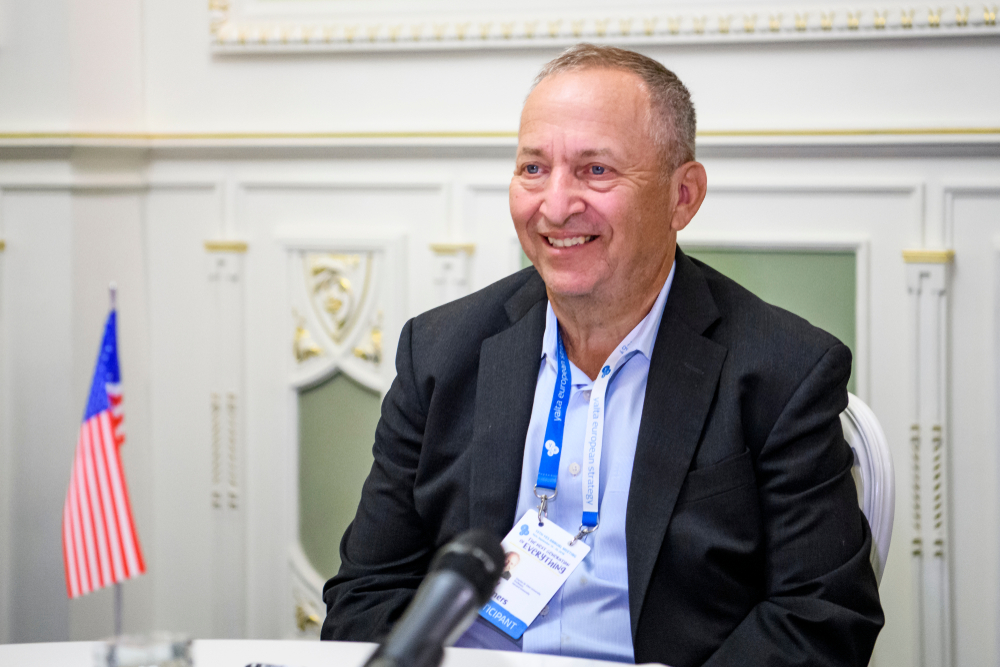
The Reformer Anatoly Chubais
The HIID relied upon several figures to influence and guide Boris Yeltsin throughout the 1990s, but Anatoly Chubais was the most effective. Under cover of “economic reforms,” Chubais oversaw an institutionalization of corruption in the new Russia. Oil companies, metal combines, and telecommunications firms were divided among powerful men throughout the country, and the oligarchy was established. In return, these oligarchs continued to support Boris Yeltsin, the equally corrupt and incompetent successor to Mikhail Gorbachev and Russia’s leader throughout the decade.
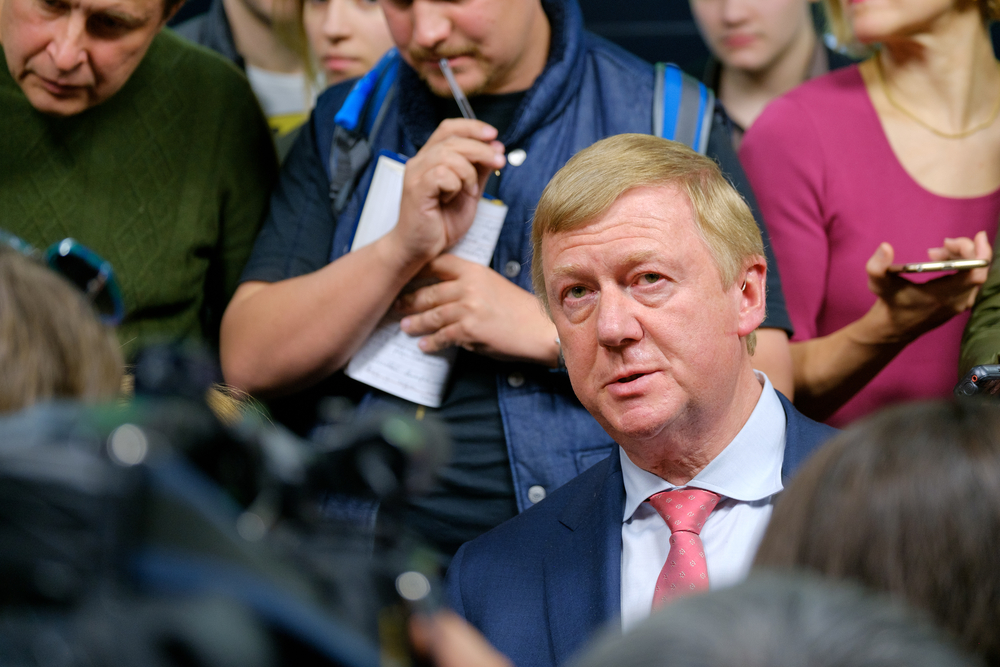
Chubais’s name might ring a bell for some readers. Last week he became the most prominent figure to leave Russia in a show of opposition to Putin’s war in Ukraine. Russians who fell into poverty during his era of privatization in the 1990s likely bid him good riddance. His king-making did not end with the oligarchs. In 1997 he helped Vladimir Putin secure his first Kremlin job and operated behind the scenes in future ruler’s meteoric rise to power.
Through Chubais, HIID helped navigate the rapid transition of the former Soviet Union’s resources from a failed collective state to a corrupt oligarchy. Many ideas were so unpopular that HIID relied upon Chubais to circumvent the Russian parliament and go directly to Boris Yeltsin, where they passed into policy through presidential decree. The HIID and Chubais relationship remained one of the most effective tools of US economic policy in Russia throughout the 1990s.
The Rise of Corruption and the Oligarchs
By 1994 around 70% of the Russian economy was privatized, but the major industries remained in the hands of the government. In the face of rising crime, desperate poverty, and hyperinflation Yeltsin appeared set to lose his bid for reelection in 1996. That was when Chubais set up the Loans for Shares program. The elite of Russia could buy stakes in the country’s leading industries in exchange for loans givens to the government. When Russia failed to pay the loans back, the lending oligarchs would assume control of the country’s major industries.
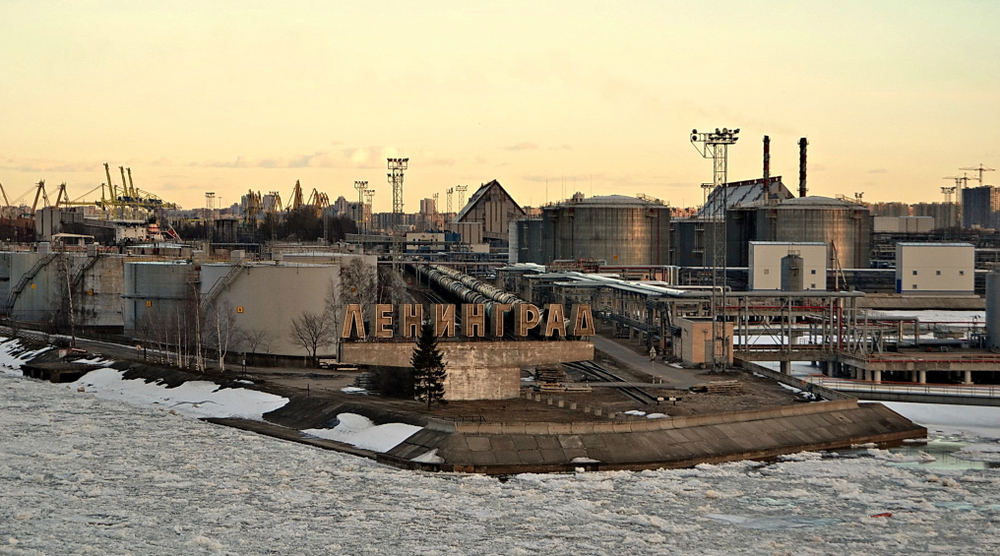
The US-backed this blatantly corrupt scheme that secured Yeltsin in power for another term and gave rise to the oligarchy.
Between November and December 1995, twelve of Russia’s most profitable industrial enterprises were auctioned off to the oligarchs, including a mining company, two steel companies, two shipping companies, and five oil companies. The auctions were a complete farce. Chubais and his team had predetermined with the oligarchs who would get what and for roughly how much. And the prices the oligarchs paid for these corporations were a steal — almost literally. Greg Rosalsky, NPR
Shortly after Yeltsin’s reelection Boris Berezovsky bragged to The Financial Times that he and six other Russian oligarchs controlled half of Russia’s economy. In 1998 an in-house study of corruption in the Kremlin said it cost the country $15 to $20 billion a year. To put that in context, between 1992 and 1999, the International Monetary Fund (IMF) provided $16 billion in loans to Russia.
At the end of the 1990s, Matt Bivens wrote in The Nation:
Russia is so corrupt that trying to convey the scale is fiendishly difficult. It’s like trying to describe, in a few words, the American economy. How? You end up reduced to reeling off a few disconnected facts and anecdotes, in the hope that at least one of them will provide an image that captures the whole.
The Decline of Boris Yeltsin
Despite winning reelection Yeltsin’s health was a significant concern after his reelection in the mid-90s. The figurehead of the new Russian democracy was a notorious alcoholic. While in Washington DC for his first visit with President Clinton in 1994, Yeltsin became so drunk one night that he wandered into the streets in his underwear, yelling for pizza. When Yeltsin died in 2007, Der Spiegel titled his obituary The Rise and Fall of the Drunken Czar. To shore up the risks posed by Yeltsin’s health, his allies, including the oligarchs and American policymakers, backed an obscure former KGB agent named Vladimir Putin to succeed Yeltsin.
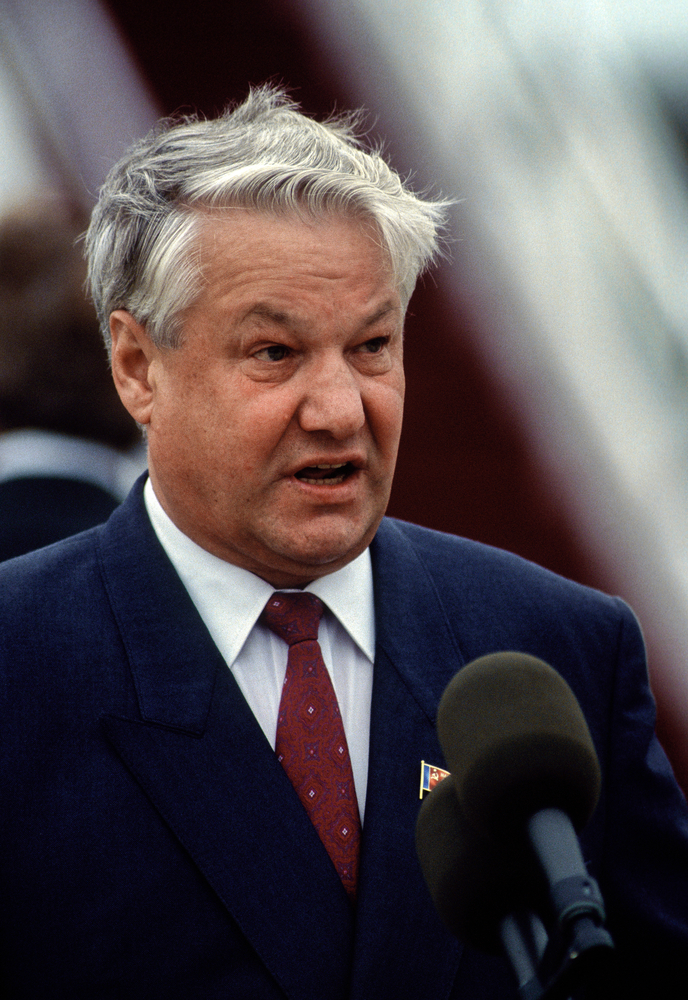
The historian Mary Elise Sarotte detailed in her book, Not One Inch – America, Russia, and the Making of Post-Cold War Stalemate that Yeltsin made it very clear to President Clinton his intent to appoint Putin his successor. In exchange for power, which Yeltsin handed over to Putin on December 31, 1999, Putin protected Yeltsin and his insiders from accountability for their widespread corruption.
The Rise of Putin
Putin managed to turn Russia’s dire economic straits around over the next eight years, winning him popularity with the people at large. He also projected himself as an opponent to the oligarchs. That demonstration was a farce.
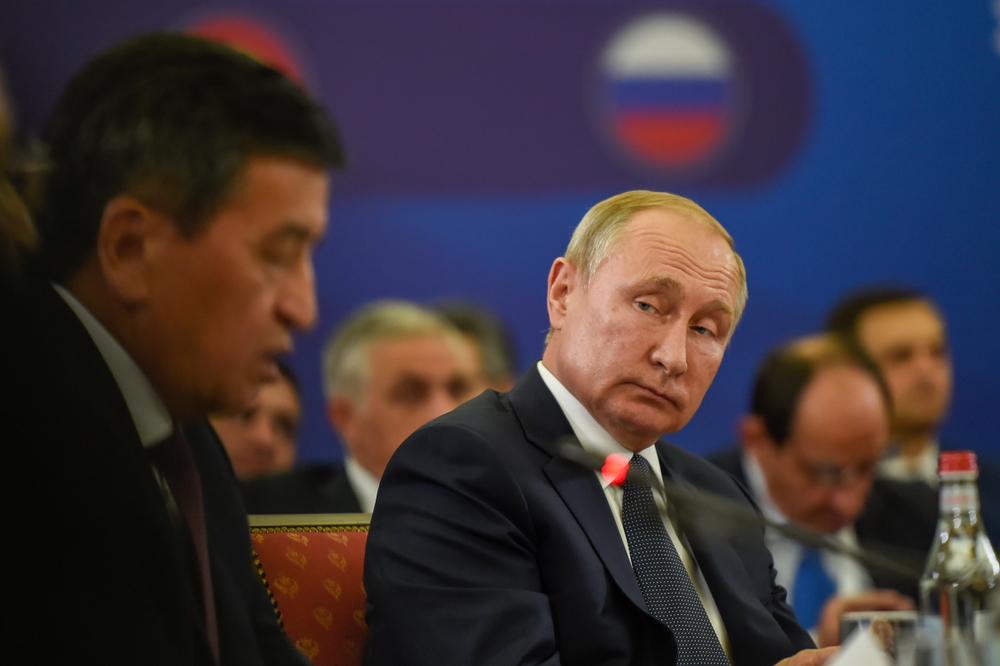
In 2003, one of the richest of the oligarchs, Mikhail Khodorkovsky, confronted Putin regarding state corruption. Putin made an example of Khodorkovsky through a massive public trial in which Khodorkovsky sat in the courtroom held in a cage. Eventually, he was sentenced to prison, where western media transformed him into a political martyr. Khodorkovsky was ultimately released from prison and fled Russia, living in exile since 2013.
Vladimir Putin was never a political reformer. His confrontation with Khodorkovsky operated as a threat to the other oligarchs. Challenge him at your own peril. Since then, the oligarchs have supported Putin just as they supported Yeltsin in the 1990s.
The Sour Fruit of Bad Ideas
Bad policies have harmful consequences no matter how flashy they appear at the time. Institutional names such as Harvard and celebrity economists like Jeffrey Sachs helped legitimize many of the bad ideas the US pushed into Russia in the post-cold war era. While Putin is undoubtedly a menace to the global order today, the US played a hand in creating an environment where Putin once seemed a viable alternative to corruption and oligarchy.
